Is a Porsche 911 Worth the Upgrade From a Boxster or Cayman?

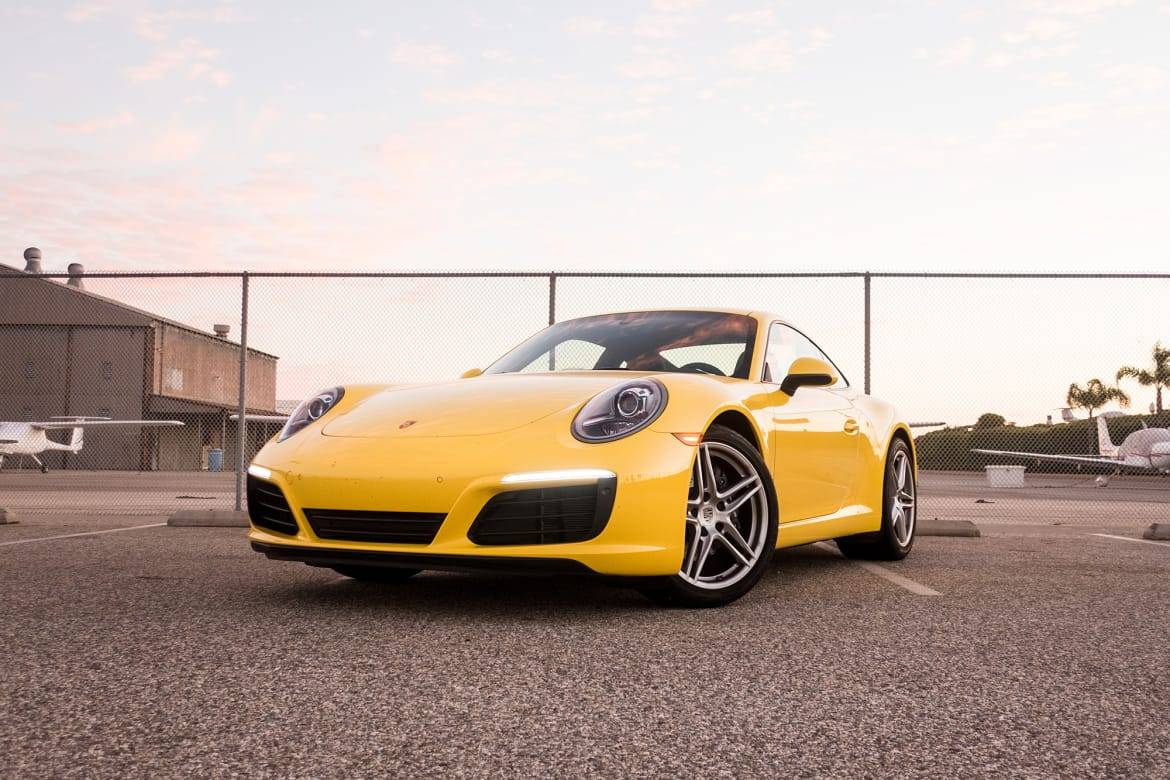
CARS.COM — The editors here at Cars.com are, first and foremost, car fans — which means that we sometimes get jealous of the good stuff other colleagues get to drive. So, when another member of our staff commented to me, “quite a run you’ve had there,” I took a second to think about what I had been in lately.
Related: Porsche Boxster, 1997-2017: The Difference 2 Decades Makes
They were right. Within the past two months, I’ve spent a week in each of Porsche’s three sports cars: the 2017 911 Carrera, 2017 718 Boxster and 2017 718 Cayman. The 2017 model year happened to be an important one for each of these three models, each of which got big updates.






The Boxster and Cayman got full redesigns, and the Porsche 911 Carrera got an extensive refresh. Each features all-new powertrains with forced induction and upgrades to their suspensions, as well. In the case of the Boxster and Cayman, both dropped two cylinders, with turbocharged flat-fours replacing the naturally aspirated flat-sixes of old.
Three for the Road
Considering the trio collectively, some of the Porsche 911’s closest competition comes from within in the form of the Boxster and Cayman. There are unique things the 911 does well compared with the mid-engine duo and vice versa. The question that sticks out to me: Is there a tipping point at which an interested buyer should jump up to a 911 from the Cayman/Boxster duo?
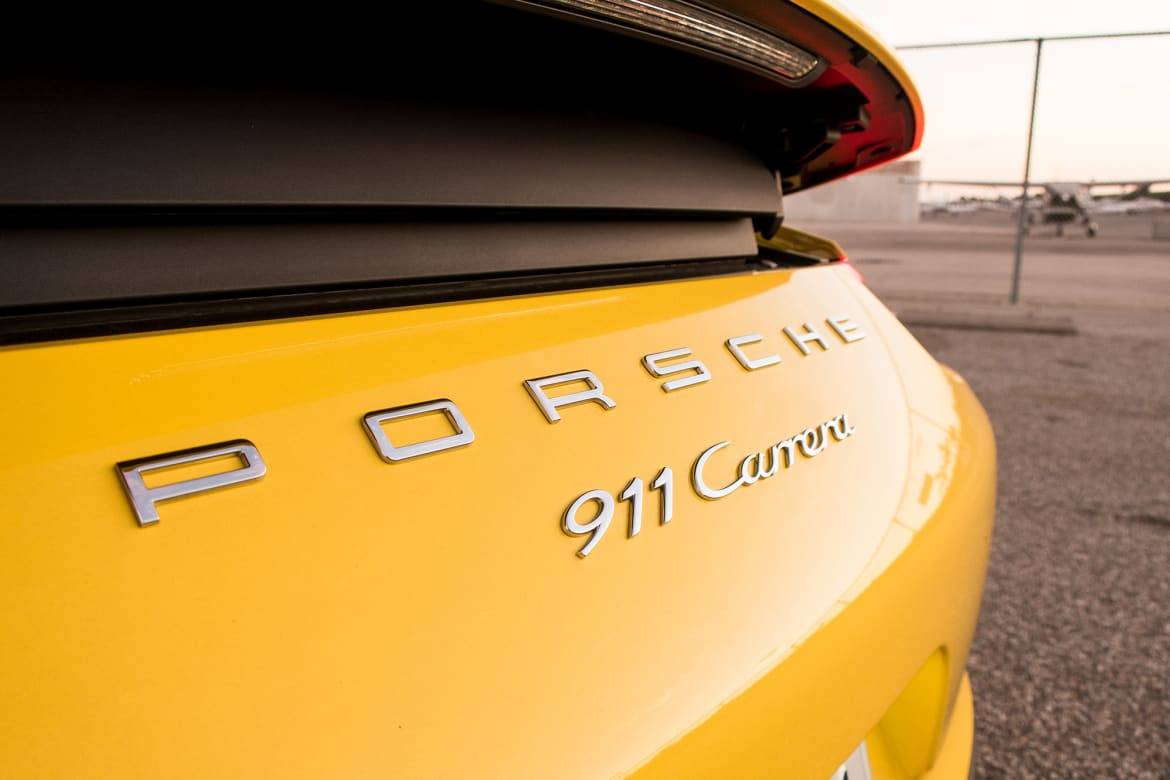
It’s fortunate that I was able to test the cars in the order and configurations that I did. The 911 Carrera I drove first was a base model with a seven-speed manual transmission, and it was modestly optioned, with a sport exhaust system and some interior upgrades only.
The more expensive trims of the 911 offer big jumps in performance and power, but the 911 Carrera matches up more closely to the other two. Testing the Boxster next (with a seven-speed PDK automatic) and finally the Cayman S (with a six-speed manual) meant that I covered both available engines for those models, and all three of the available transmission options among the trio.
Drawing Distinctions
Motivation for making the jump won’t come from the interior. Inside, there isn’t actually much variance: They have the same multimedia systems, and I didn’t notice a gap in terms of cabin materials and comfort. There are some different interior options available with the 911, but those won’t swing the pendulum enough in either direction — the distinctions will have to come from performance.

However, the performance picture is murky, too. I will note that there is a noticeable gap between the 911 Carrera and the versions of the Boxster/Cayman with the smaller engine. The 911 Carrera’s twin-turbocharged 3.0-liter flat-six (370 horsepower and 331 pounds-feet of torque) holds enough of a power advantage over the turbocharged 2.0-liter flat-four (300 hp, 280 pounds-feet) in the Boxster I tested to feel like the more powerful and responsive engine.
Performance Comparison
But up against the Porsche Cayman S I tested, the power numbers are tighter. The bigger, turbocharged 2.5-liter flat-four makes 350 hp and 309 pounds-feet — numbers that match up more closely with the 911 Carrera. Factor in the lower weight of the Boxster/Cayman (Fun fact: Those two somehow have identical curb weights and acceleration figures) and the result is that Porsche’s published numbers match each other almost exactly. The zero-to-60-mph times for both the Cayman S and the 911 Carrera are 4.4 seconds with the manual, and 4.0 seconds with PDK and Sport Chrono equipped.
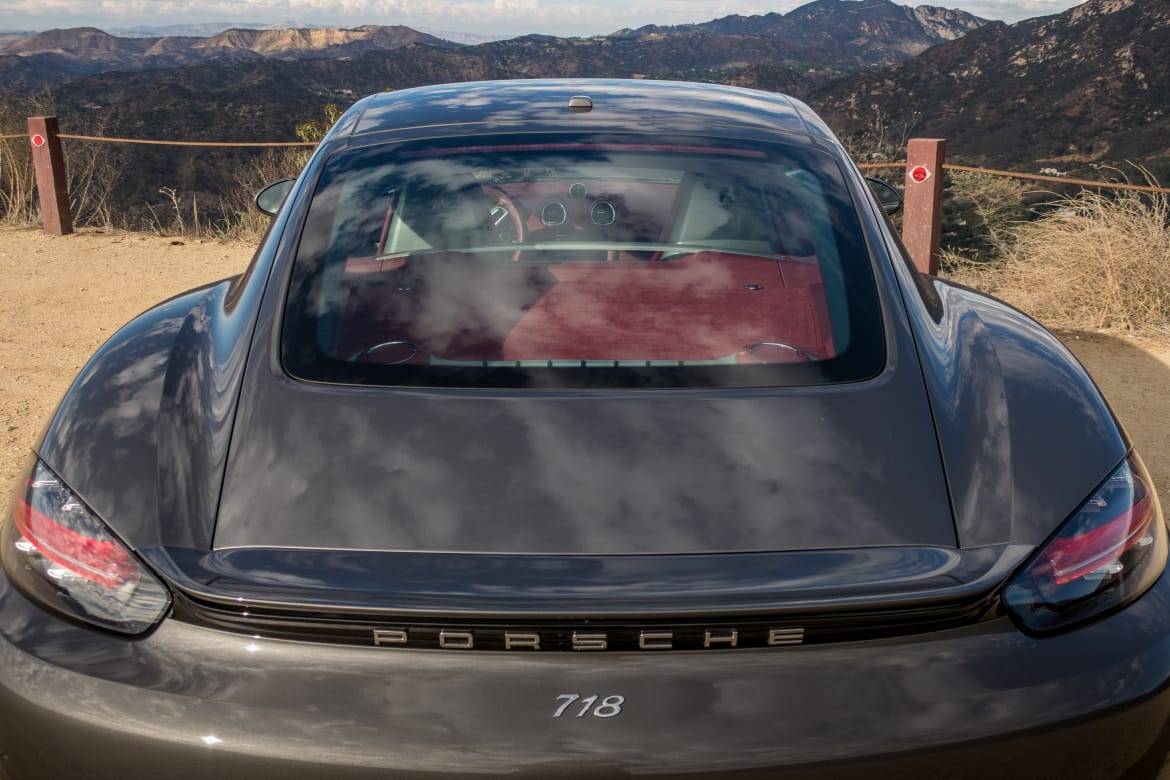
This matches my feeling from the seat, as well. Both the Porsche 911 Carrera and Cayman S that I tested were manuals, and the acceleration felt analogous. Both engines are very responsive and hop into the power quickly. Each gearbox had that satisfying, notchy feeling to it when changing gears, and while the 911 Carrera does have an extra gear, that didn’t sway me in either direction.
Rear-Engine Versus Mid-Engine
What did sway me is the differences in handling among them. Both the Boxster and Cayman S came with Porsche Active Suspension Management, which is standard on the 911 Carrera. With the same type of suspension underneath, it was a good way to see the differences in the setups between the three models — rear-engine in the 911 Carrera, mid-engine in the Boxster/Cayman S.
The 911 Carrera has, by any measure, excellent handling. I found it to be much tamer than I’d anticipated with all that weight perched over the rear tires. I didn’t feel any of the twitchiness that the 911s of old were known for, and when you feel the car start to get a bit off axis, the suspension and traction control bring it back.
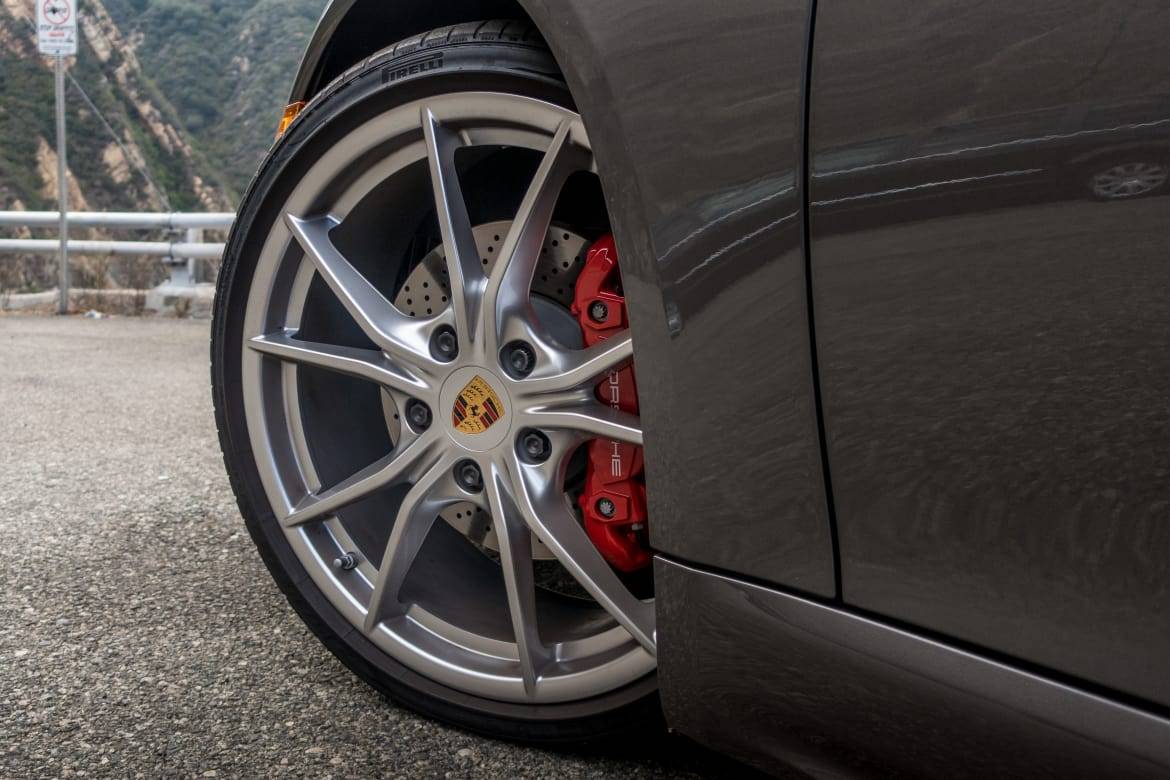
The problem that it runs into is that the other two are even better. Mid-engine, by its nature, will beat rear-engine in the balance department. Those two drive like an invisible hand is pushing them down onto the road; they are flat in corners like nothing else I’ve driven. If there’s a limit to the grip of the Boxster or Cayman S, I didn’t come near to finding it; even aggressive driving resulted in barely a squawk from the tires.
And that is how I’ve landed at the conclusion that between the three — if I’m taking one home — it would be the Cayman S. It has the same acceleration as the 911 Carrera, but with superior balance and handling. I would allow that someone with a lot more skill could potentially extract more driver performance from the 911 Carrera with its slight horsepower advantage, but in my decidedly average hands, I felt more comfortable in both of the mid-engine cars.
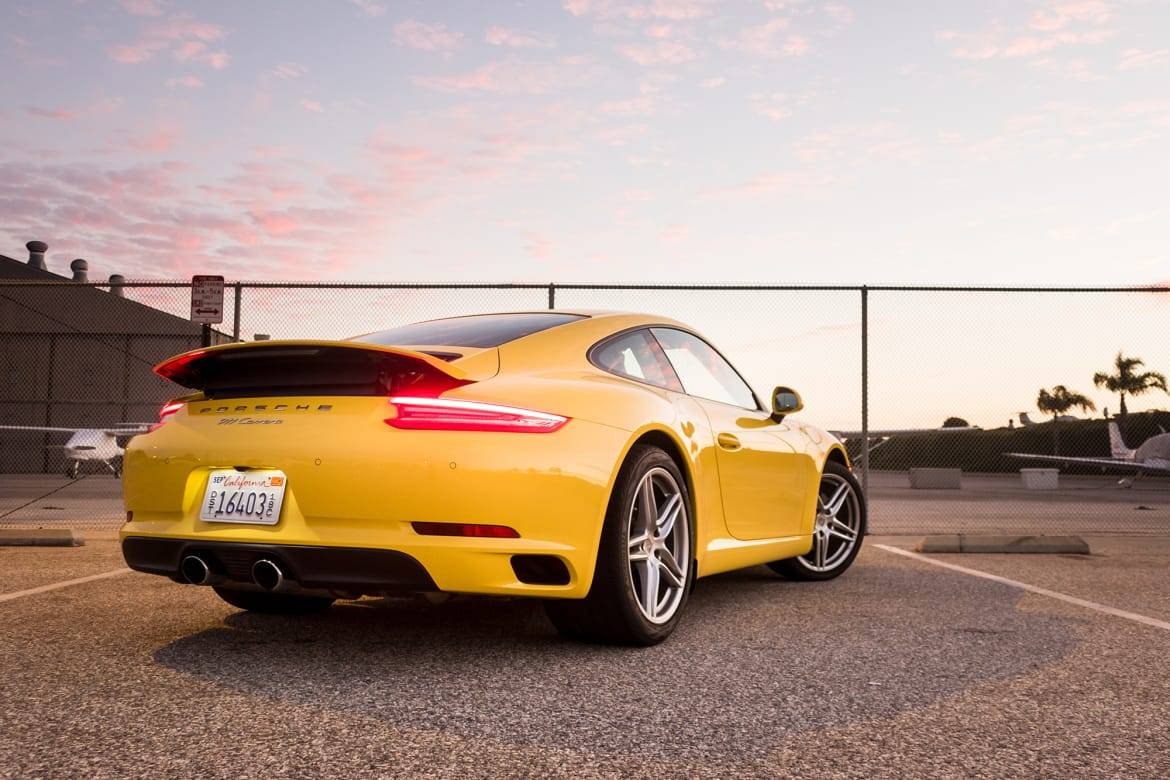
It Comes Down to Price
It is worth pointing out that the price gap between the vehicles shrinks dramatically depending on how you option them. The 911 Carrera starts at $90,450 (all prices include a destination charge), which is a significant jump from the $57,050 starting price for the Boxster and the $67,350 starting price for the Cayman S.
But the Porsche Cayman I tested piled on the options, most notably PASM, a torque-vectoring system and Sport Chrono (which added rev-matching, another neat trick). That pushed its sticker all the way up to $87,395 — within $10,000 of the 911 Carrera’s as-tested price of $97,010.
There are still reasons to get a 911 Carrera. It’s got that classic Porsche styling (better styling, in my opinion), a much better exhaust note, and those two rear seats that won’t fit people but serve as a nice extra spot to put cargo. But if performance is the measure, the Cayman S has gotten so good that I think it nudges past the 911 Carrera in my book — and would in my checkbook, as well.
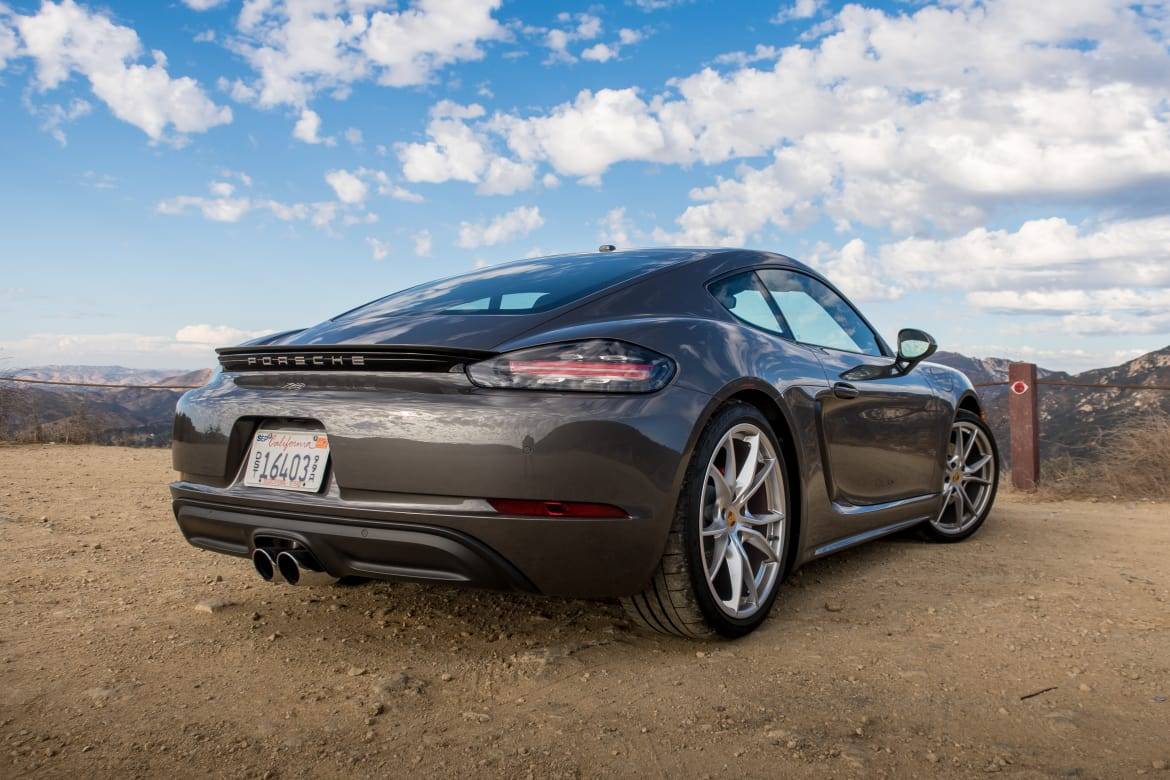

Former L.A. Bureau Chief Brian Wong is a California native with a soft spot for convertibles and free parking.
Featured stories







